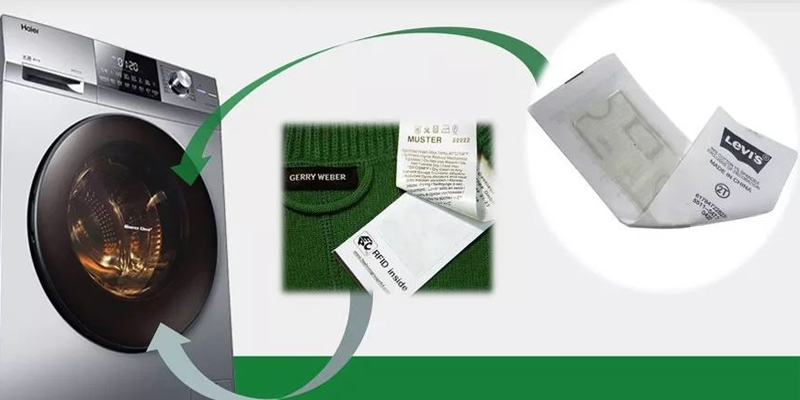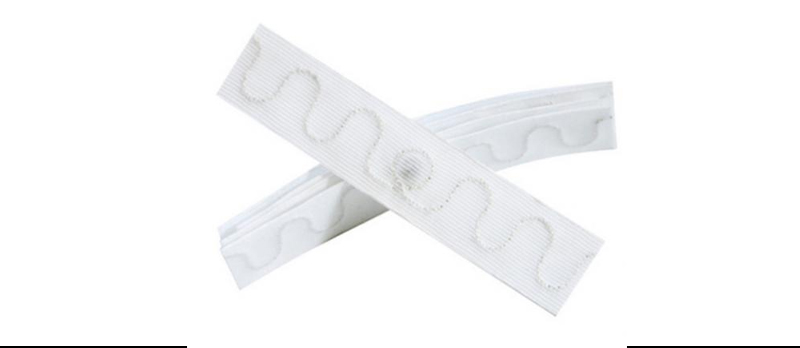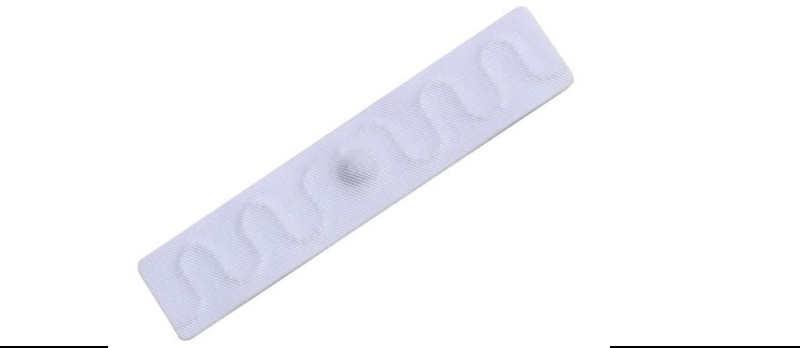Conclusion And Future Trends Of RFID In Apparel Industry
The use of RFID systems in textiles is rapidly increasing. In future almost all the manufacturers, distributors and retailers in textile business will be using the RFID system. Although, RFID systems cannot completely replace the barcode technology, due to higher cost but the accuracy, speed and the return on investment is high in RFID system. RFID system is a promising technology, which will become ubiquitous in the future helping organizations to solve problems in supply chain management, security, personal identification and object tracking.

The retailers, manufacturers and consumer goods companies like CVS, Tesco, Prada, Benetten, Wal-mart and Procter & Gamble now implementing the technology and exploring the impact of the technology on their business. Others can take the advantages of RFID. The basic of success lies in understanding the technology and other features to minimize the potential problems. It is high-time that the apparel industries should start utilizing the new RFID technology in various applications such as manufacturing, storing purposes.

There is a great potential of RFID in various applications relater to clothing and textiles, manufacturing, retailing and inventory management. The direct benefits have been shown by the companies such as GAP, the US apparel company, who increased their sales by 2% by using RFID to reduce stock-outs. Another well-known US apparel company, J Crew, increased the speed of inventory keeping time five to eight times by the use of RFID.
The apparel industry is characterized by short product life cycle, frequent style changes, a wide range of product designs and hence input materials; variable production volumes; high competitiveness and often high demand on product quality. In addition to these challenges, the use of RFID increases the cost and maintaining privacy creates extra challenges. The organizations dealing with textile and apparel products should start with the tracking of expensive goods as the reduction in the labor and theft of these items can compensate the cost of these items. RFID has advantages in speed, accuracy and convenient over traditional barcode systems. Therefore, in the future, RFID tagging will gradually replace traditional barcode systems and facilitate supply chain and inventory management.

Important technical challenges still need to be resolved for fully successful operation of RFID in textile and apparel manufacturing. It will take some years may be a decade or so, before the full benefits of RFID technology is realized. We will increasingly see how RFID technology can extend the ability of computers in combination with internet to sense and respond to the physical world. In future, RFID will make computing an unobtrusive, intuitive part of everyday life, as refreshing as a walk through the nature.
The largest challenge to the widespread use of RFID is the cost in textile and apparel manufacturing. These challenges can be reduced by increasing the volume of usage. In addition standardization and technological developments can help in reducing the cost. RFID chips can be developed, which can work in different places for different applications. These ideal RFID chips will require a frequency independent capability and would be integrated with read/write memory. In addition, the software needs to be customized to accommodate the number of different uses. Recently, all the merchandise uses the barcodes for identification and at the point of sale, which are easily printed and attached to the products within a very short period. However, finalization of the design and preparation of RFID tags is time consuming process.

The issues related to standardization can be resolved by the effort of governing bodies to develop various standards related to their use, manufacture and technical specification. Technological developments will also assist in this direction to achieve wide adoptability of RFID tags. In addition, throughout a supply chain RFID-friendly infrastructure development is a time consuming process.
From the above discussions, it is clear that RFID technology has a very bright future in the textile and clothing industry. New areas of applications will emerge by the technical advancements and we will see more RFID applications in departments where they are currently not being used. This paper will be a good resource for those interested in RFID research, including academic researchers and industry practitioners, and will provide guideline to stimulate further interest in this area.



